You may have heard about the wandering Jew plant. This beautiful plant is an excellent choice as an indoor or an outdoor plant. If you're wondering how to care for these low-maintenance plants in the winter months, you're in luck. We've done the research and have compiled some of the best ways to care for your plant during the winter!
Here are some tips for caring for your wandering Jew plant in the winter:
- Reduce the amount of watering
- Ensure that you have sufficient humidity
- Keep the plant away from cold drafts
- Stop fertilizing
- Avoid pruning
- Put your plant in a sunny location
This quick-growing, low-maintenance plant is very popular because it is easy to grow! Keep reading to learn more about the changes you need to make in winter for the wandering Jew and more critical information about this wonderful plant!

Wandering Jew (Dude) Winter Care
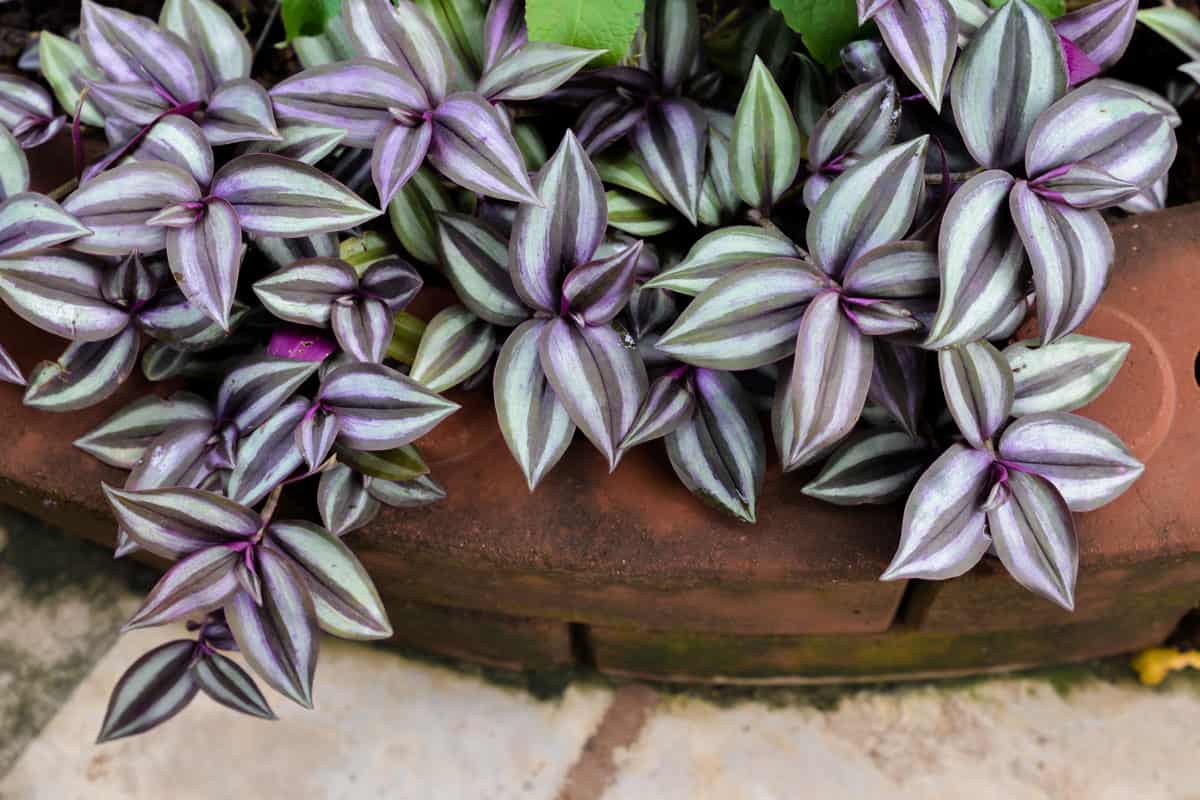
The inch plant (Tradescantia zebrina) is also known as the wandering Jew. More recently, the plant has been called the wandering dude (a less offensive term). Regardless of its name, this plant is a tropical plant that is only hardy for USDA zones eight through 11.
Inch plants are commonly grown as houseplants. They have a low frost tolerance. However, you still need to adjust the care you give these plants in the wintertime.
Watering
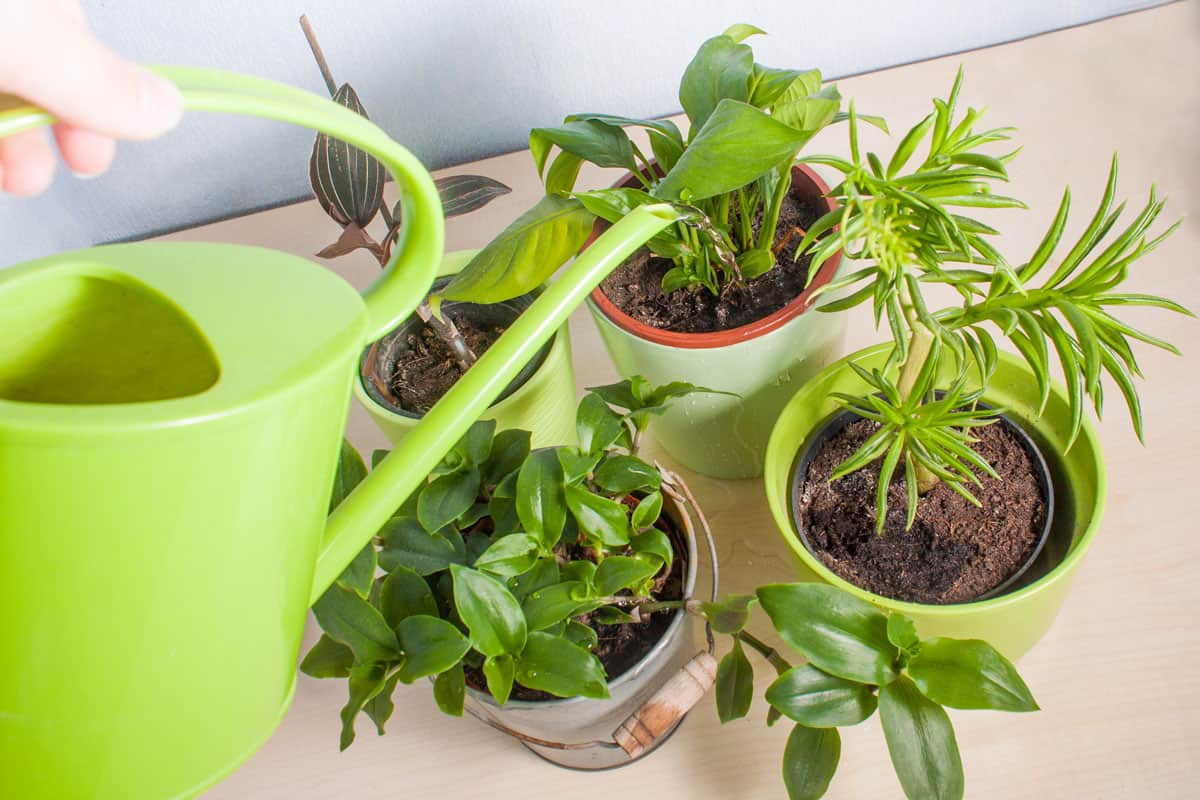
Inch plants are dormant during the winter months. Their dormancy means that you need to cut back on watering. During the plant's growing months, you need to keep the soil moist and well-draining.
In the fall and winter, you can allow some of the soil to dry out before watering. You want to do this because the plant isn't growing as rapidly and doesn't require as much water.
Allow the first two inches of soil to dry out for large plants before watering again. You should only allow up to the first inch of soil to dry out for smaller ones.
Humidity Levels
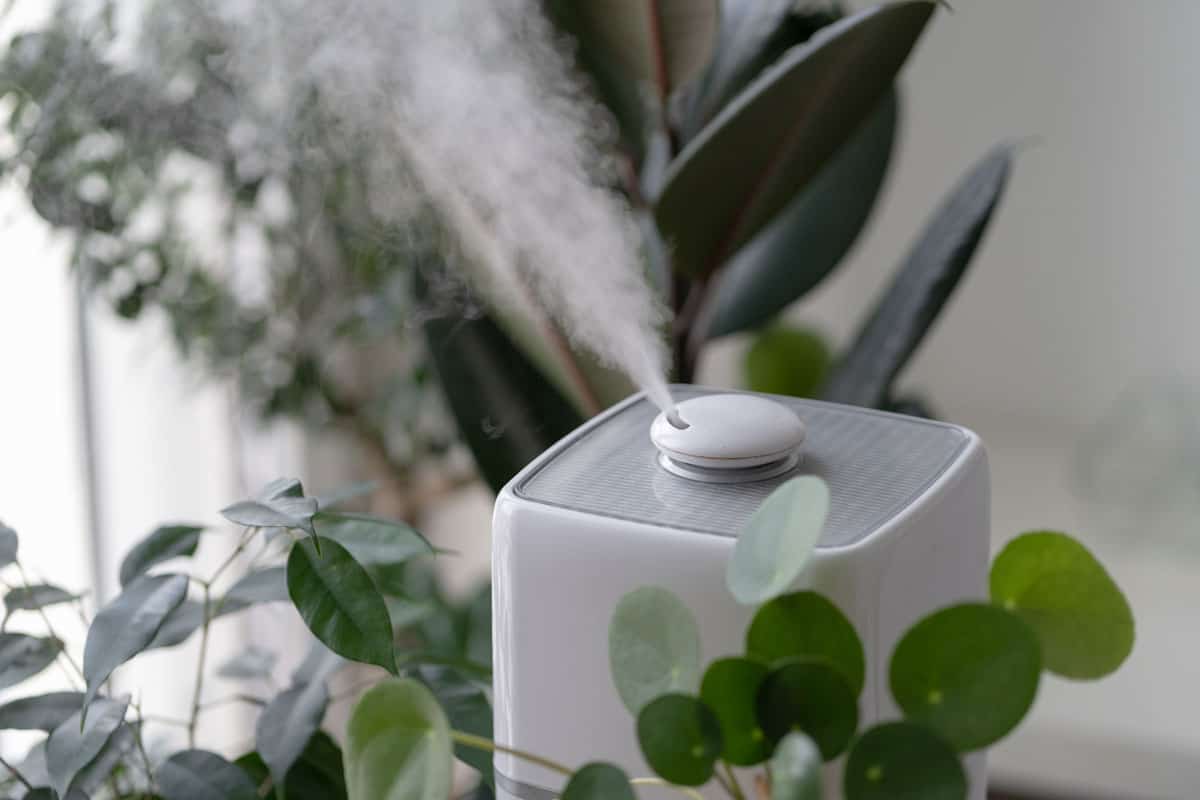
Your wandering dude will still need humidity during the winter. In fact, you may have to increase the humidity levels in your home during the winter. This is because most people use their heaters during this time. Yes, it keeps homes warm, but it also takes away the moisture in the air.
You'll know that you need to adjust your humidity levels if you notice leaves with brown edges or falling leaves. To increase your humidity levels, you can use a humidifier.
Another option is to use a pebble tray. Pebble trays are small dishes filled with rocks and water. You place your plant on top of it, which increases the nearby humidity.
Avoid Cold Drafts
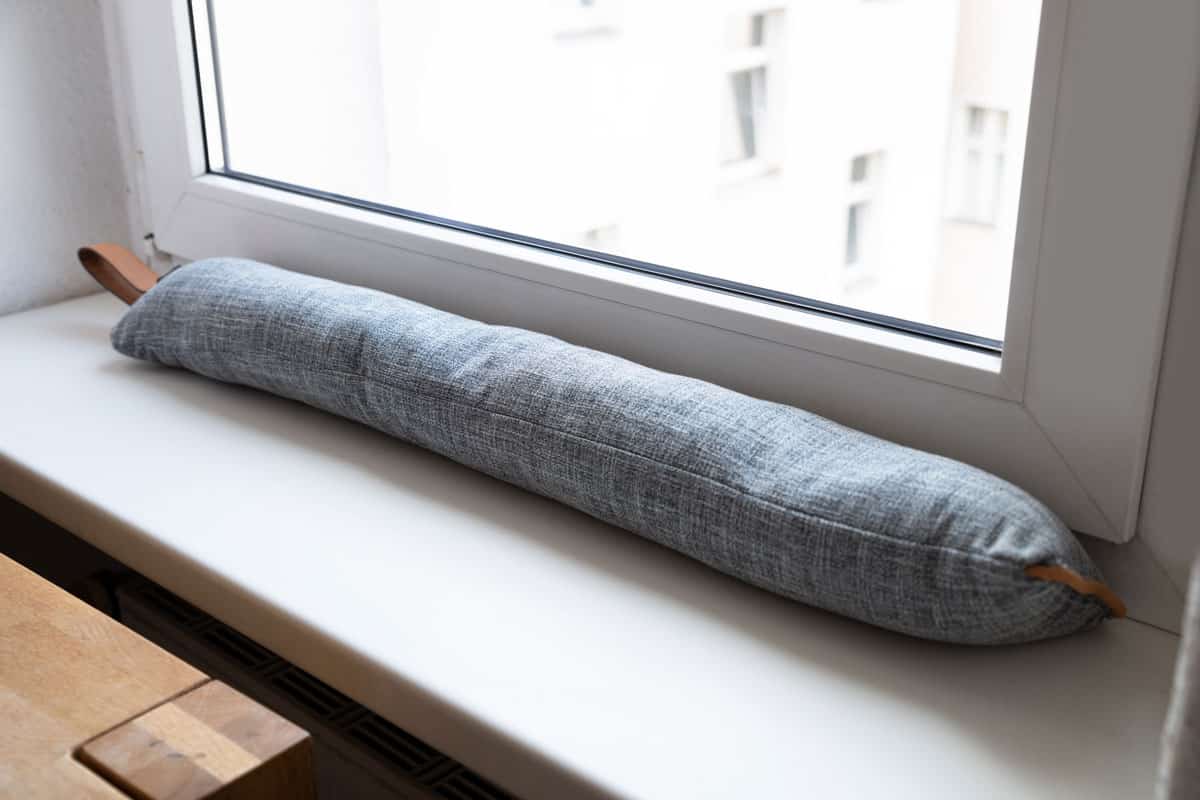
Remember that inch plants are native to tropical regions with higher temperatures. They do well when indoor temperatures are between 60 and 80 degrees Fahrenheit. For the most part, this is within the range most at which people keep their homes.
However, be careful to avoid any cold drafts from your windows. Your inch plants must be brought inside when outdoor temperatures drop below 50 degrees Fahrenheit. A cold breeze, even indoors, can cause severe damage to your wandering dude.
Stop Fertilizing
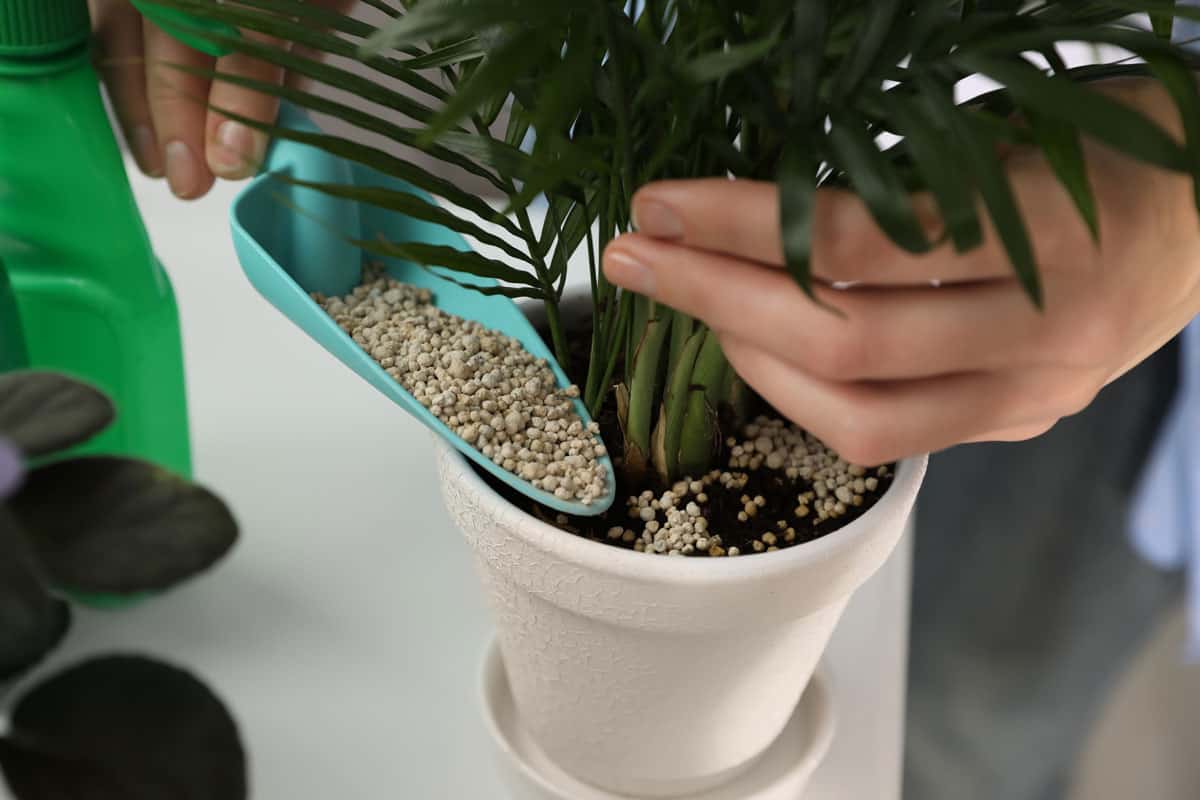
You should stop fertilizing your inch plants during the fall and winter months. Remember, the plants are dormant in the winter. Even if you see new growth, the plant isn't growing rapidly enough to warrant any fertilizing.
It can be challenging to determine if you've over-fertilized your plants. The symptoms can easily be confused with overwatering. However, keep an eye out for yellowing and wilting leaves and leaves dropping. You may also notice a crusty white surface on the soil.
Avoid Pruning
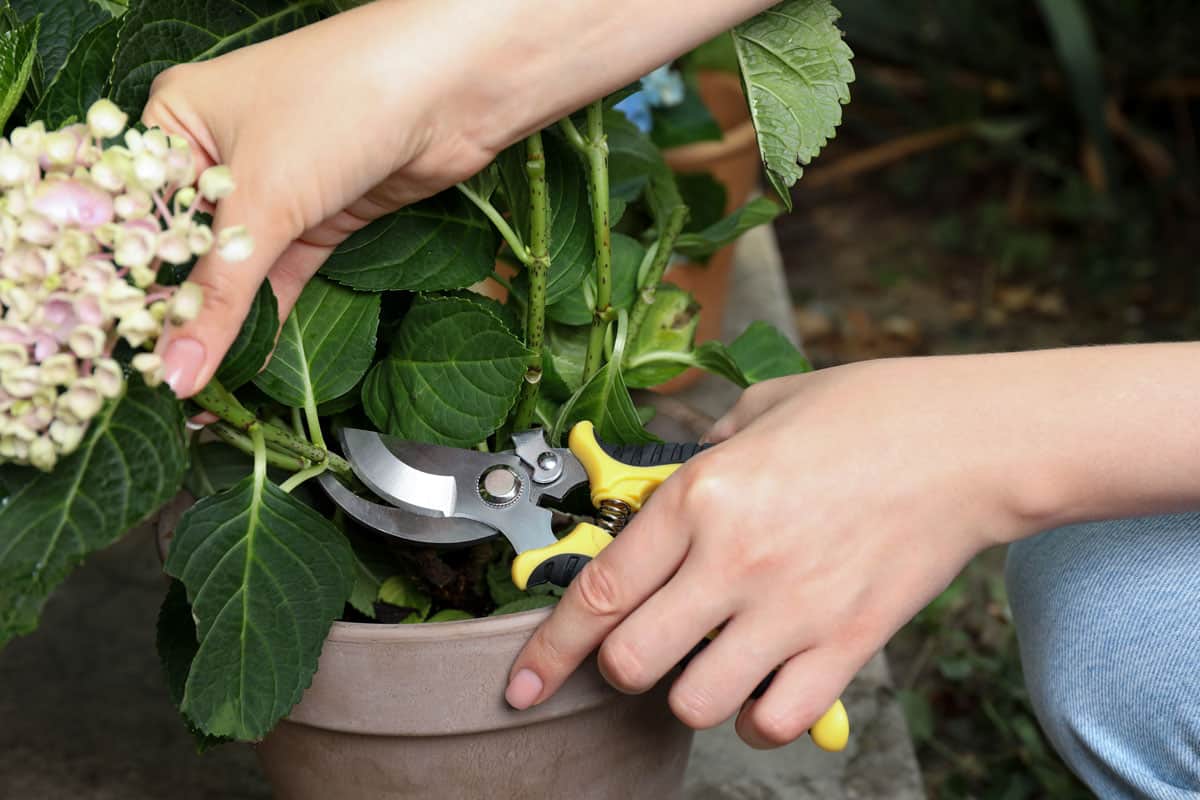
Technically, you can prune your wandering dude plant during the winter months. However, you need to be incredibly careful. New growth can occur when pruning during the fall and winter. Unfortunately, this can lead to weak and leggy growth.
The best time to prune your wandering dude is during the active growing period. These plants can handle a hard pruning in the spring.
Keep Sunlight Levels High
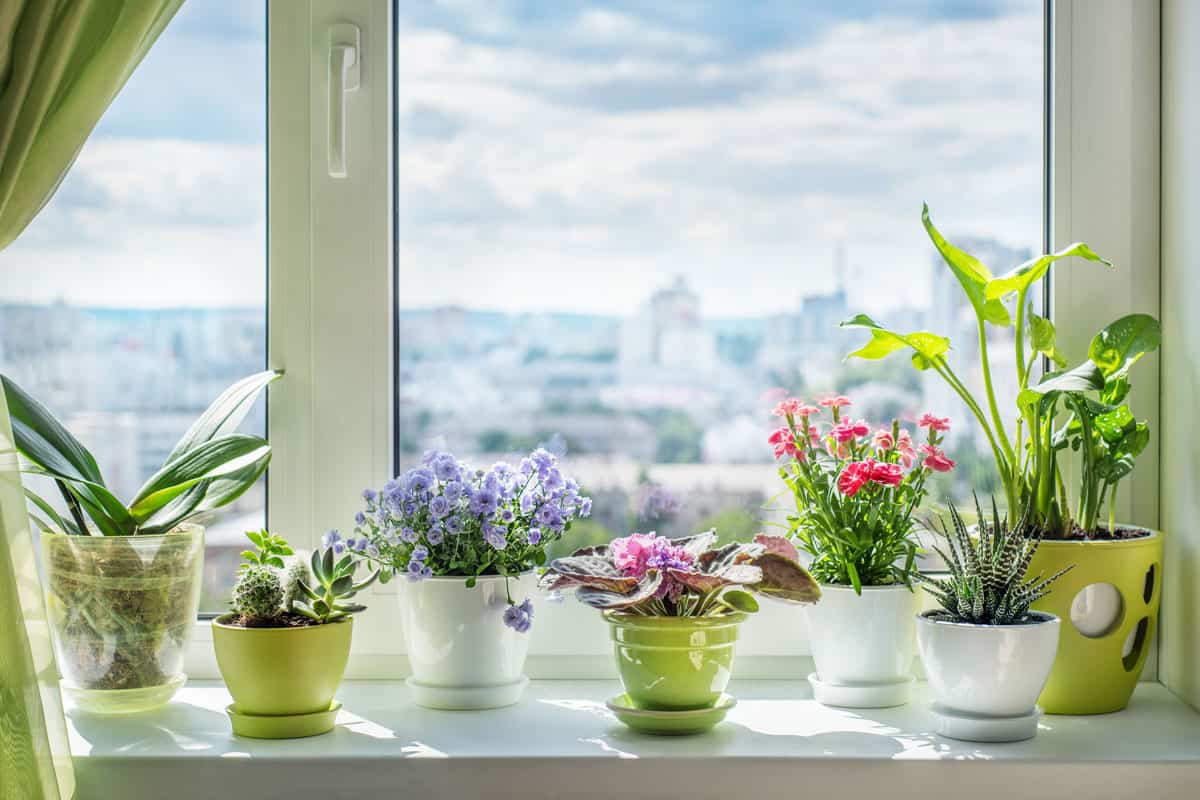
Wandering dudes prefer areas with bright indirect light when grown indoors. They prefer this amount of sunlight year-round. So, even though we get less light, your plant still wants the same amount.
Consider the area where your inch plant is currently. If your plant is at a north-facing window, you may need to move it. You can move it closer to the window or near a south-facing window. South-facing windows are best for getting light without any glare and heat like with east- or west-facing windows.
Another option is to use a growing light. This can help you control the amount of light without moving your plant.
Take a look at this full spectrum light on Amazon!
When To Repot Wandering Dudes
You shouldn't repot your wandering dudes in their dormant months. Changing containers when your plant isn't actively growing can cause shock or root rot.
If you're going to repot, first determine if your plant needs it. Tradescantia can be invasive. You don't have to worry about it overtaking your home. However, its invasive tendencies mean you may not have to repot it as often as you think.
If your wandering dude has roots growing out of its container or slower growth, you should switch to a larger container.
How To Repot
Select a pot that is at least two inches wider and deeper than your current container. It should also have drainage holes. You can also choose a pot that is wider than it is deep. These types of plants typically have shallow roots, so you don't necessarily need the extra space on the bottom.
Water your plant and put on a pair of gloves before repotting your wandering dude. You'll have to work carefully and away from pets and kids. These plants are toxic.
Move your plant's vines to the side and lay the pot horizontally. Then gently remove the plant from its container. You can put your gloved hand between the soil and the container wall to move the plant out.
Put a layer of soil at the bottom of the new container. Then make sure the plant's root ball is untangled. Next, put the plant into the container and fill the sides up with soil. Water the inch plant from above to help settle the soil.
Check out this pot with a drainage hole on Amazon!
What Problems Do Wandering Dude Plants Have?
For the most part, there are no serious issues that you have to worry about for the wandering dude.
However, you should be on the lookout for a few common diseases. Root rot is commonly caused by poor drainage or overwatering. Stem rot can also occur if moisture is left on the plant.
Wandering dudes can be affected by aphids, mealybugs, spider mites, thrips, and slugs. If your plants are being grown exclusively as houseplants, then you don't have to consider slugs.
You should still monitor your plant for signs of other small pests. When left unchecked, aphids and mealybugs can attract ants, and thrips can spread disease to other parts of the plant.
Final Thoughts
The wandering dude, or wandering Jew, is an easy-to-care-for tropical plant that requires a little bit of care to survive the winter.
Be wary of over-watering and cold drafts, which can be damaging for your plant. Keeping that in mind, you'll have a happy, healthy plant to prune and fertilize come springtime!
Are you looking for more wandering dude information? Check out one of the posts below.



I look forward to receiving new gardening tips!
I always enjoy learning new things about gardening
Yes it help me very much a lot to understand and why it dries up and falls off
I like wondering who’s the pretty they’re pretty easy to take care of you can clip and reboot them make us more Fuller and bigger pinch back and they get full too and I’m going to try to send a picture if I can thank you 😊
I got some samples now I’m having them in the jar of water rewarding and see what happens soon as it works to get up small pots to see if it if I can get it going good 😊